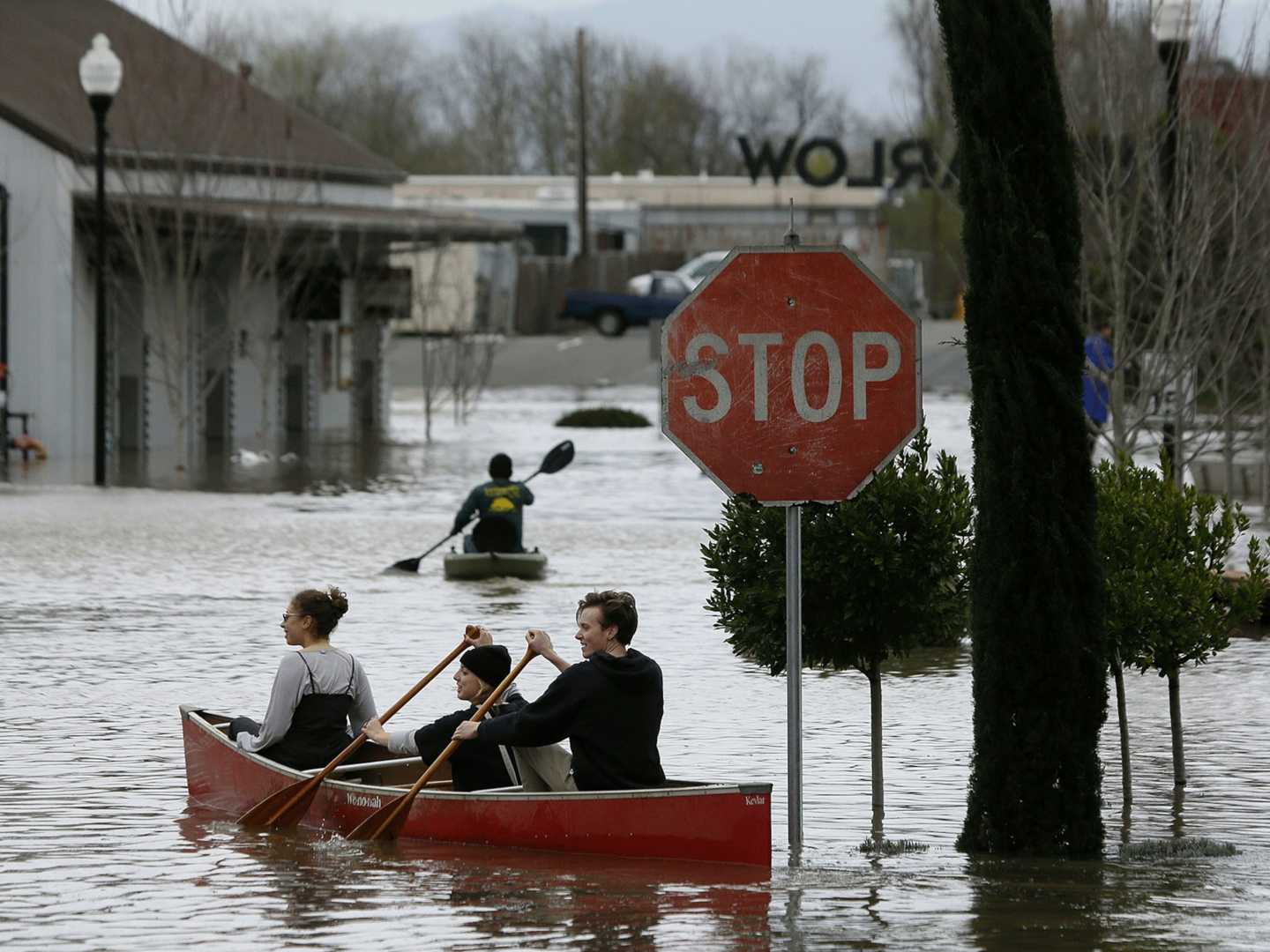News
Northern California Faces Major Storm After 27-Days Without Rain

REDDING, Calif. — After enduring a dry spell lasting 27 days, Northern California is bracing for a significant storm system expected to deliver heavy rainfall. The storm is anticipated to arrive late Wednesday evening, with forecasts projecting 2 to 8 inches of rain across various regions.
The intense precipitation is already having a noticeable impact: California’s largest reservoir, Shasta Lake, rose dramatically by 22 feet in the first week of February alone. Lake Oroville, the state’s second-largest reservoir in Butte County, has recorded 24 inches of rain over the past two weeks, which is five times the historical average, raising the lake level by 23 feet.
“We’ve had two good years in a row prior to this, and we are heading into a third year,” said Jeff Mount, a professor emeritus at UC Davis and a senior fellow at the Public Policy Institute of California’s Water Policy Center. “I can confidently say we are in really good shape. It’s unusual to get three wet years in a row.”
The recent rainfall follows a series of serious droughts affecting California over 11 of the past 17 years. The current storm is classified as a category 1 or 2 atmospheric river, according to scientists at the Scripps Institution of Oceanography at UC San Diego. Forecasts predict that the bulk of the rain in the Bay Area will occur from midnight to 6 a.m. on Thursday, with peak amounts expected in the Santa Cruz Mountains and Big Sur.
“There could be local impacts,” said Jan Null, a meteorologist with Golden Gate Weather Services in Half Moon Bay. “A slower morning commute, clogged gutters. It will be breezy. But no major flood risk. The models have backed off on this one.”
However, the Los Angeles region is under greater concern due to potential mudslides and debris flows in areas impacted by recent wildfires. Since October, Northern California has experienced significantly more rainfall than its southern counterpart; San Francisco reported receiving 105% of its normal rainfall, while Los Angeles only saw 31% of its historical average.
As rain continues, operators at Shasta Dam have been releasing 60,000 cubic feet per second to manage reservoir levels amid the incoming storm. Mount emphasized the importance of maintaining adequate reservoir space to prevent overflow and flooding downstream. “It’s always troubling for people to see water let out,” he said. “But you have to keep some space to catch floods.”
Experts predict that both Shasta and Oroville reservoirs could reach full capacity this spring, alleviating concerns of water restrictions over the summer months for cities in most of Northern California.
The incoming storm is also expected to boost the snowpack in the Sierra Nevada, which provides about one-third of the state’s annual water supply. The National Weather Service has issued a winter storm warning for the Sierra Nevada, anticipating 2 to 4 feet of snow in the Lake Tahoe area and winds reaching up to 100 mph.
Later on Thursday and into the weekend, the Bay Area is expected to dry out after the heavy rain. “It’s going to move through our area pretty rapidly,” said Null. “After Friday’s storm, we should expect dry conditions for at least a week.”
As California prepares for the anticipated downpour, residents are advised to stay updated on weather alerts and prepare for possible local flooding.












